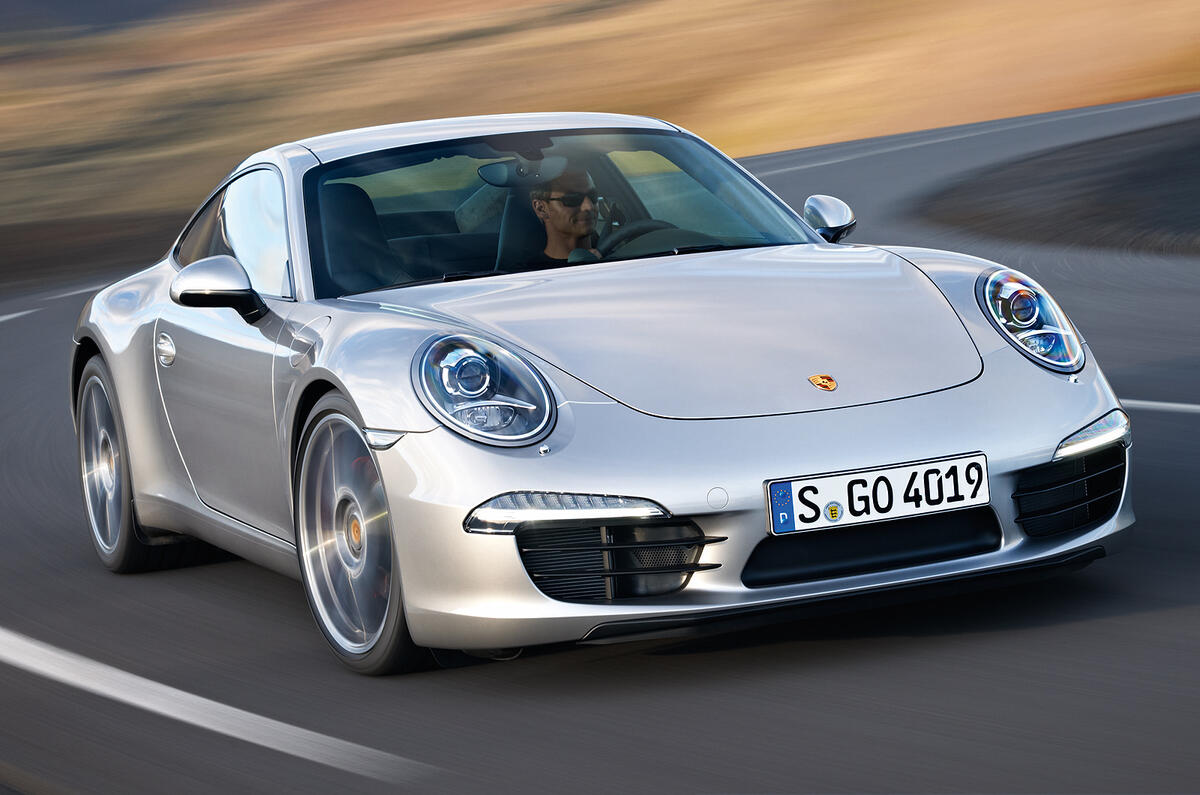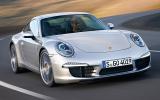Porsche's new 911, seen here officially for the first time, will be sleeker, larger, lighter, more powerful, faster, less thirsty and, according to the maker, better to drive.
Known internally as the 991, the new 911 — the sixth truly independent model in an illustrious 48-year history — is set to make its world debut at next month’s Frankfurt motor show prior to going on sale in the UK in December.
The new 911 will initially be sold in rear-wheel drive Carrera and Carrera S coupé guises at £71,449 and £81,242 respectively — increases of £4179 and £5070 over the outgoing models. Cabriolet and four-wheel-drive variants will follow in 2012, and pave the way for a range-topping Turbo packing 523bhp in 2013.
Styling
Developed under Porsche design boss Michael Mauer, the visual changes are subtle but effective enough to set the new car apart from its predecessor.
Official dimensions are yet to be revealed, but Zuffenhausen insiders confirm the new car is 56mm longer, 65mm wider and 11mm lower than its predecessor at 4491mm in length, 1873mm in width and 1299mm in height. The wheelbase has been extended by 100mm at 2450mm.
The traditional round headlamps are set on the front of a wider, slightly higher front bumper. The lights have been made bigger and house more complex internal graphics than before, and are complemented by new LED daytime running lamps on the leading edge of a reshaped bumper.
The rear is distinguished by new, thin LED tail-lamps. They sit underneath a prominent lip that forms the trailing edge of the engine lid and wrap further around the rear bumpers than before. Changes to the design of the rear wing, which continues to deploy at 75mph, help reduce lift without any detrimental effect on the low level of drag, according to Porsche.
In the interests of production efficiency and parts sharing compatibility with next year’s Boxster and Cayman, the new 911 continues to be based around a unitary monocoque structure with a high-strength steel platform.But in a break from tradition, the new car receives a predominantly aluminium body shell, which Porsche says is 45kg lighter than the outgoing 911’s steel body.
Engines and Gearboxes
As with the outgoing 911, the new model has a choice of two standard naturally aspirated, horizontally opposed six-cylinder engines mounted aft of the rear axle line.
The big news concerns the downsizing of the base unit in the Carrera. It drops in capacity from 3.6 litres to 3.4 litres — the same as the Boxster S and Cayman S. But while the Boxster/Cayman S engine delivers 316bhp, the new Carrera packs a sturdier 345bhp at 6400rpm — up by 4bhp over the old 3.6-litre engine. It also has 280lb ft of torque.
The Carrera S continues with a 3.8-litre unit, but it has changes to the induction and exhaust which liberate an extra 14bhp at 394bhp at 7000rpm and this version boasts 324lb ft. At the rear, the Carrera continues to feature two oval exhaust pipes, while the Carrera S gets four round pipes.



















Add your comment